How to Make it as An Artist Online Without Social Media
SOCIAL MEDIA FOR ARTISTS
5/21/2025
Deciding to become a successful artist usually means you’re looking to earn income from your art—not just treat it as a hobby. That doesn’t mean you have to go full-time right away. You might start part-time, or work on your art in your spare hours alongside a full-time job, with the hope of gradually shifting more of your time toward your creative business.
A common misconception is that “making it” as an artist requires a huge following on social media platforms like Instagram, Facebook, or TikTok. And yes, having a big audience can help with visibility and sales—but I believe you don’t need to spend all your energy making reels, chasing trends, or fighting the algorithm just to grow your art business.
Personally, I don’t have massive followings on any platform. And while quality always beats quantity when it comes to your audience, I’m finding out there are many other ways to build a sustainable and thriving art career—without relying on social media or burning yourself out. In this blog post, I’ll walk you through 6 tried-and-tested ways to build a successful art career without relying on social media.

I truly believe that having a website is a smart move at any stage of your art career. Still, I know a lot of artists hold off for a few different reasons: they’re just starting out and aren’t sure what to include, they think it’s too expensive, or they feel intimidated by the tech side of building a site.
There are some website providers that offer great value hosting plans, one of these is Hostinger. And one of the best parts about Hostinger is you don’t need any tech skills or coding knowledge to build a website. Hostinger even has a built-in AI website builder—you just type in a short prompt about the kind of website you want, and it creates a beautiful site for you!
If you’ve been waiting for the “right time” to set up your website—maybe when you have more followers or a bigger portfolio—honestly, there’s no need to wait. You don’t need a full-blown, all-singing, all-dancing site right away. Start simple with just a gallery and an “About Me” page, and build from there. That’s actually one of the best ways to do it—step by step, without the overwhelm.
If you'd like to give Hostinger a try for yourself - you can use my link and discount code ALEXGODDARD at checkout for an additional 10% off plan prices.
Here's a few reasons why I think it's a great idea to have an artists website:
1. Full Creative Control
Your website is your space—no algorithms, no ads, no distractions. You decide how your work is displayed, what stories are told, and how visitors engage with your art.
2. Professional Credibility
A website instantly boosts your professionalism. Galleries, clients, and collectors often search for a portfolio site when considering you for opportunities. No website? That can be a red flag.
3. A Central Hub
Even if you use multiple platforms, your website ties everything together. It’s a place to host your bio, CV, gallery, store, newsletter, and contact info—all in one spot.
4. Better Discovery
Search engines like Google can bring people to your work if your site is optimized. With the right keywords and structure, your website can attract traffic even when your social media posts don’t get much reach.
5. Ownership & Longevity
Social media platforms come and go, but a website is yours to keep. It gives you long-term visibility and control over your online presence, no matter what happens in the algorithm-driven world.
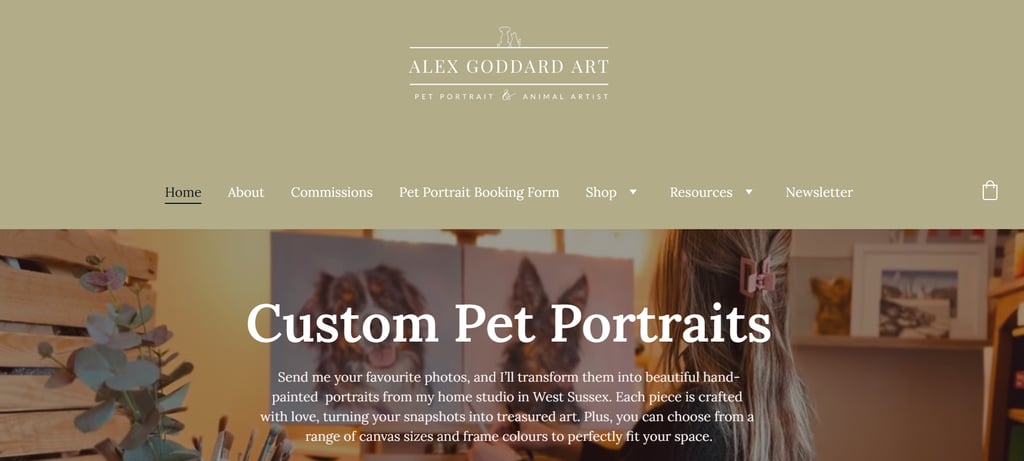

Set Up an Artist Website
Start a Newsletter and Build Your Own Community
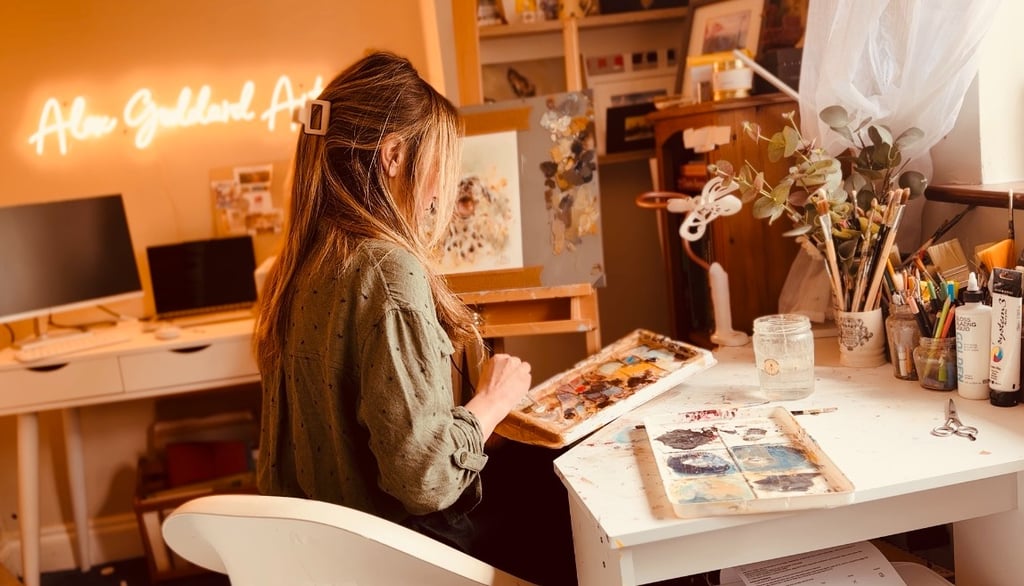

Social media followers come and go. Maybe you had a viral video once, gained a wave of new followers… and now? Crickets. The algorithm isn’t showing your posts, and many of those followers weren’t really invested in your journey as an artist.
That’s why an email list is gold.
Your newsletter is a direct, algorithm-free line to people who actually care about your art. These are fans, collectors, or future customers who want to hear from you—on purpose.
If you have a website, you can (and should!) incorporate an email sign-up form. I’ve done this on my website, and it was super easy to set up.
Start collecting email addresses as early as you can. It can take a while to build momentum. I’ve built a solid list of subscribers who are ready to hear more. I collect emails through my website, and I plan to use Mailchimp to send my newsletters—they offer a free plan for up to 500 subscribers. Other great tools include Kit and Flodesk.
Here’s some ideas of what you can share in your emails:
🖼 Behind-the-scenes peeks at your creative process
🛒 New artwork releases or shop updates
📖 Stories from your art journey
🎨 New art tutorials you’ve made
✍️ Website updates like new blog posts or commission openings
Even if you start with just 10 subscribers, that’s 10 people who chose to hear from you. That’s powerful.
💡 Tip: Start small and grow at your own pace. Your newsletter doesn’t need to be fancy—it just needs to be you.
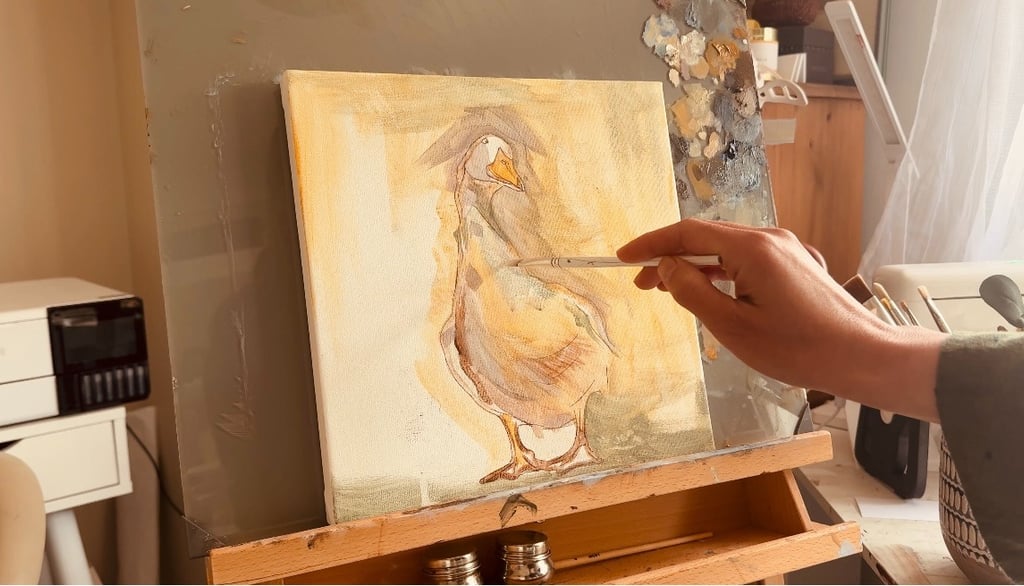

Start a Blog
You might think blogging is a thing of the past, but it’s very much alive—and for artists, it’s a powerful tool. I’ve actually created a video all about how to set up and create a blog, and you can watch it here.
Believe it or not, blogging can still be a lucrative income stream. If your blog gains enough traction, brands may sponsor your posts or pay to place ads within your articles. Of course, it takes time and effort. You need consistent, high-quality content and traffic to prove your value—but it’s absolutely achievable.
Here are a few key tips for creating a successful artist blog:
🎨 Develop Your Unique Style
Create a visual and written identity for your blog—use consistent colors, fonts, and tone of voice. Make your blog instantly recognizable as yours.
🔗 Use Strategic Links
Link to other pages or blog posts on your own site to keep people engaged. Don’t forget to link to relevant external sites too—this helps improve SEO and your content’s credibility.
📝 Offer Real Value
Write content people want to read. Share useful tips, tutorials, personal stories, or your creative process. Offer insights that help or inspire your audience.
📅 Be Consistent
Whether it’s once a week or once a month, consistency builds momentum. Search engines (and readers!) love a regularly updated blog.
Not only does blogging help you build trust and showcase your personality, but it also boosts your SEO (search engine optimization)—making it easier for new audiences to find you through Google. (More on that in the next section!)
💡 Inspiration Tip:
Do some research into other blogs in your niche. See what resonates, what gaps you could fill, and what ideas you could make your own.
And if you’re not ready to sell your art just yet? That’s totally fine. You could build your whole site around your blog—sharing art tutorials, creative tips, or behind-the-scenes stories instead. There are so many possibilities.

Optimising Your Website For Google
SEO stands for Search Engine Optimization, and while it might sound technical, it’s really just about helping people discover your work online. Think of it as leaving a trail of breadcrumbs so Google can find your website and show it to the right people.
Instead of relying on social media 24/7 or hoping for another viral post, SEO helps your art get discovered organically—by people already searching for what you offer. It’s all about using the right words, organizing your website clearly, and making sure it loads quickly—so that when someone searches for something like “original oil painting of a golden retriever,” your site has a chance of showing up near the top.
And the good news? You don’t need to be an SEO wizard. Just a few simple practices can make a big difference:
Use Clear, Descriptive Titles
Make sure each page has a short, keyword-rich title that describes exactly what it is (e.g., “Pet Portrait Commissions | Alex Goddard Art”).Write Meta Descriptions
These are the little summaries under your page title in search results. Keep them around 150–160 characters and include keywords that describe the content.Add Alt Text to Images
Google can’t “see” images like we can, so describe your art clearly in the image’s alt text—this boosts your chances of appearing in image searches.Use Keywords Strategically
Naturally include relevant words and phrases in your page titles, headers, and content. Avoid keyword stuffing—write for humans first.Name Your Image Files Clearly
Instead of uploading IMG2231.jpg, try golden-labrador-original-painting.jpg. This tiny step helps with search visibility.Pay Attention to Word Count
Longer, well-written content tends to perform better in search. Blog posts or info pages that thoroughly answer questions (like your commission process or art techniques) can rank higher.Make Your Website Mobile-Friendly & Fast
A responsive, fast-loading site keeps visitors happy—and Google notices. Most traffic today comes from phones, so mobile optimization is key.
Bottom Line, you don’t need to shout from the rooftops. With a little SEO, you can let Google quietly guide the right people to your work—day or night.
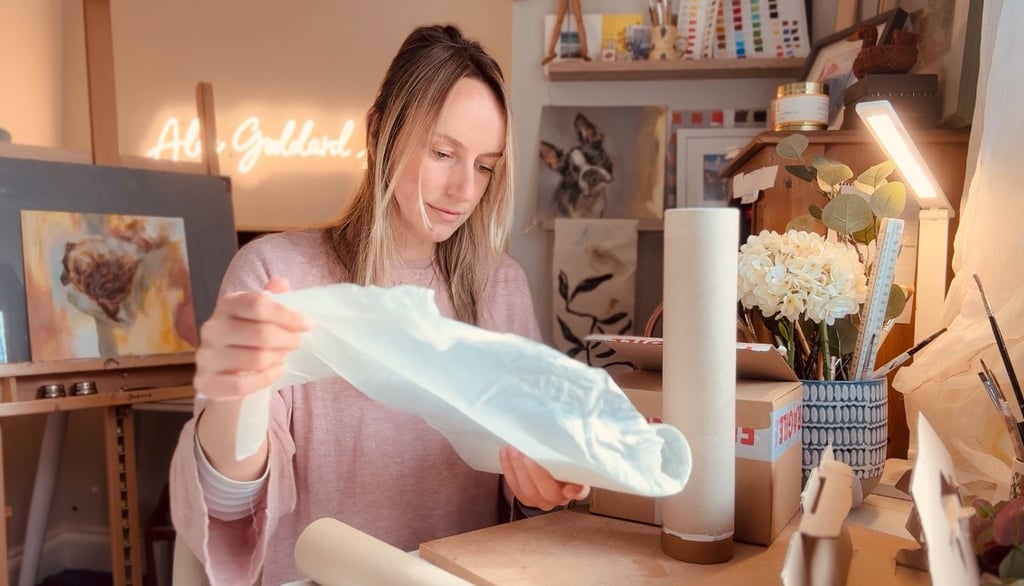

Sell on Online Marketplaces
Not quite ready to launch your own online shop? That’s totally okay. If you're still building confidence (or just don’t want to deal with all the setup and tech), selling your artwork through online marketplaces is a smart and simple starting point.
These platforms give you instant access to a global audience—shoppers who are already browsing for unique, handmade, and creative pieces. They also take care of the heavy lifting: payment processing, site traffic, and sometimes even marketing. That means you can spend more time creating and less time managing logistics.
Here are a few great options to explore:
🛍 Etsy
Perfect for: Handmade art, prints, digital downloads
Etsy is one of the best-known platforms for artists. It’s a go-to destination for buyers looking for original, handmade, or artistic goods. You can sell prints, originals, and even downloadable products (like coloring pages or printable wall art). Etsy also has great built-in tools for SEO and advertising.
🔨 eBay
Perfect for: Original pieces, auctions, testing the market
eBay’s global audience includes collectors and art lovers looking for something unique. You can choose between fixed pricing or auction formats, which gives you flexibility in how you sell. It’s also a great platform to experiment with different styles, formats, or price points to see what resonates.
📦 Amazon Handmade
Perfect for: Artisan-made goods with high traffic potential
Amazon Handmade gives you access to Amazon’s massive customer base—but in a section just for handcrafted items. That means your work isn’t competing directly with mass-produced goods. You get the credibility and reach of Amazon, plus features like secure payments, customer service, and optional fulfillment by Amazon.
💡 Why Use Marketplaces?
✅ No website needed to start selling
🌍 Instant access to a large audience
💳 Secure payment handling
📦 Shipping and fulfillment tools
📈 Great for building momentum and testing your products
If you're unsure about running your own shop just yet, marketplaces are the perfect stepping stone. They help you gain visibility, build confidence, and start generating sales—all without needing to be a tech expert or full-time marketer.
If you’re creating anything from scratch using art materials, chances are you have valuable skills others would love to learn. Whether it’s your creative process, how you make your art, how you price commissions, or even how you turn your work into products—there’s a market for your knowledge.
🎥 Teach on Platforms Like Skillshare or Udemy
One of the easiest ways to get started is by teaching on platforms like Skillshare or Udemy. These sites are built to host and promote online courses, and they pay you based on how many minutes your videos are watched. I personally teach on Skillshare and have earned four figures so far from just a few classes. And the best part? Once your videos are up, it becomes a mostly passive income stream.
📦 Sell Digital Tutorials on Your Own Site
Prefer to keep full control and profits? You can also create tutorials as digital downloads—things like PDFs, step-by-step guides, or pre-recorded videos. This way, your audience can purchase and keep the content forever.
You don’t need a teaching degree to teach what you know. Just a willingness to share. Teaching art online is not only a great way to help others, it’s also a smart way to build an extra income stream while growing your authority as an artist.
Become a Teacher
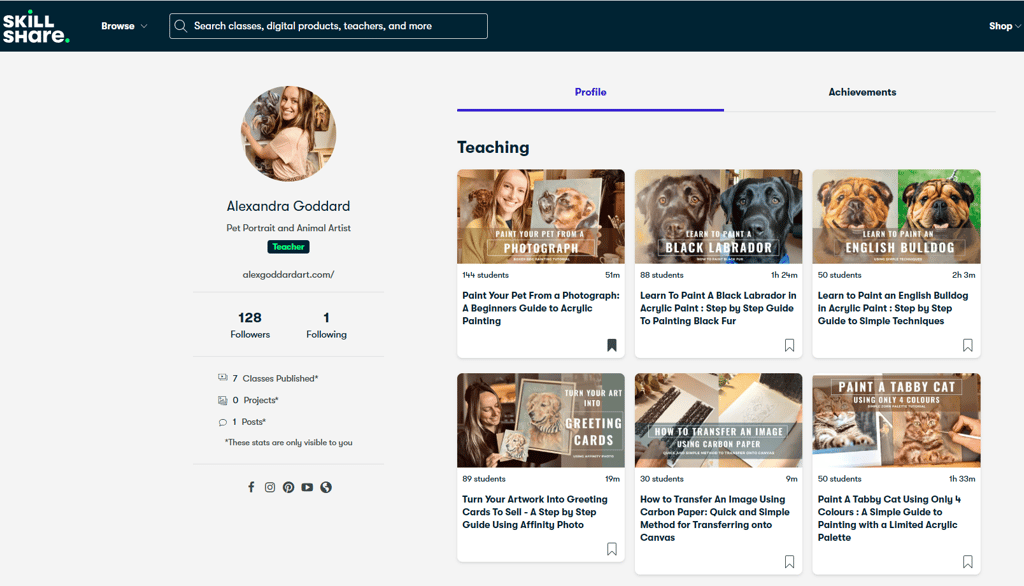

In Summary…
Yes — you can make it as an artist without social media.
The key? Build a foundation that you own:
🖥️ A living, breathing website
📬 A newsletter to stay connected with your true fans
✍️ A blog to share your voice and grow your presence
🔍 SEO to bring in steady, organic traffic
🤝 Teach to open doors and build relationships
🛒 An online shop (or marketplace presence) to sell your work
It might not be fast. It probably won’t go viral.
But it will be real, sustainable, and completely yours.
P.S. If you’ve been dreaming of stepping away from the scroll and building something slower, deeper, and more intentional — you're not alone.
